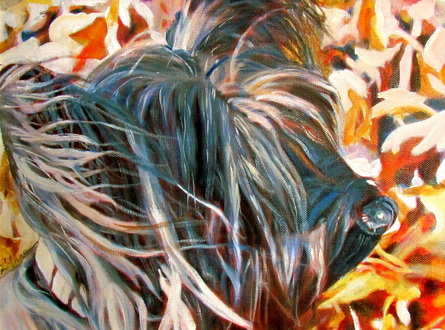 "Jewell in Autumn" glaze oil 12 x 16
"Jewell in Autumn" glaze oil 12 x 16 Apparently Canadian and Americans have somewhat different definitions of "packing"; we think of suitcases and they think of guns. So too while the title of this post might suggest that I'd heading for the open road, nothing could be further from the truth -- I am simply in love with autumn...right here at home.
Our roadsides around here are verged with piles of fallen leaves ready for pickup; composted by the city, they obligingly break down into black earth by spring. I remember walking with Jon down by the river one winter and noticing white spume rising from a brush pile beside the path. Neither of us could plunge our hands into it, so intense was the heat. This kind of miracle knocks me dead. Pretty impressive, Mother Nature! What finally completed my conversion from leaf appreciator into a full-blown leaf hoarder, however, was an article in The Star written, I think, by Sonia Day in which she describes having built rich earth in her garden by the addition of fallen leaves. Now the leafy bounty which threatens to bury us each fall is regarded correctly as a blessing rather than a curse. Nobody but nobody gets my leaves.
Unfortunately, our tree species seem to have completely different internal clocks. The maple leaves dropped weeks ago and the naturalized garden on the ravine edge has been liberally anointed with them, but both the locust and the mulberry leaves cling like death until they are absolutely convinced of the necessity of self-sacrifice. It is, after all, their decision, and once that state of mind is achieved, no time is wasted. Like kids off a sand cliff, the mulberry leaves in particular seem to hold hands and jump together: on Tuesday this week they were chatting away up there, all present and accounted for; overnight, however, their collective unconsciousness decided that enough was enough and the next morning found them all on the ground flash-frozen into brilliant green hills.
Jewell too adored fallen leaves. She, however, would solemnly immerse herself in a pile, where she thoughtfully sniffed and stared into space; we never hurried her, just assuming that she was re-reading old love letters.
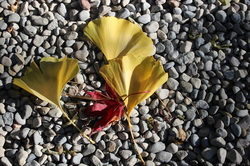
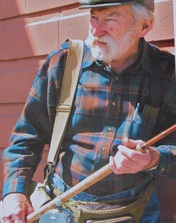

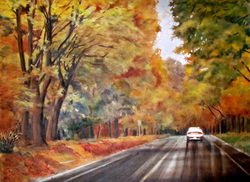
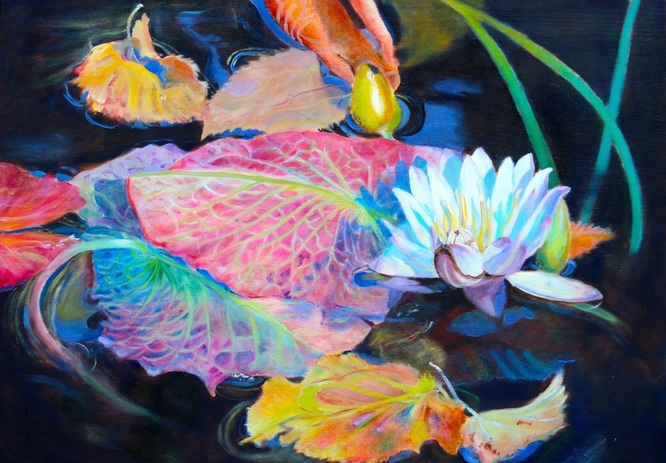
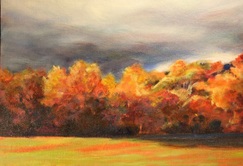
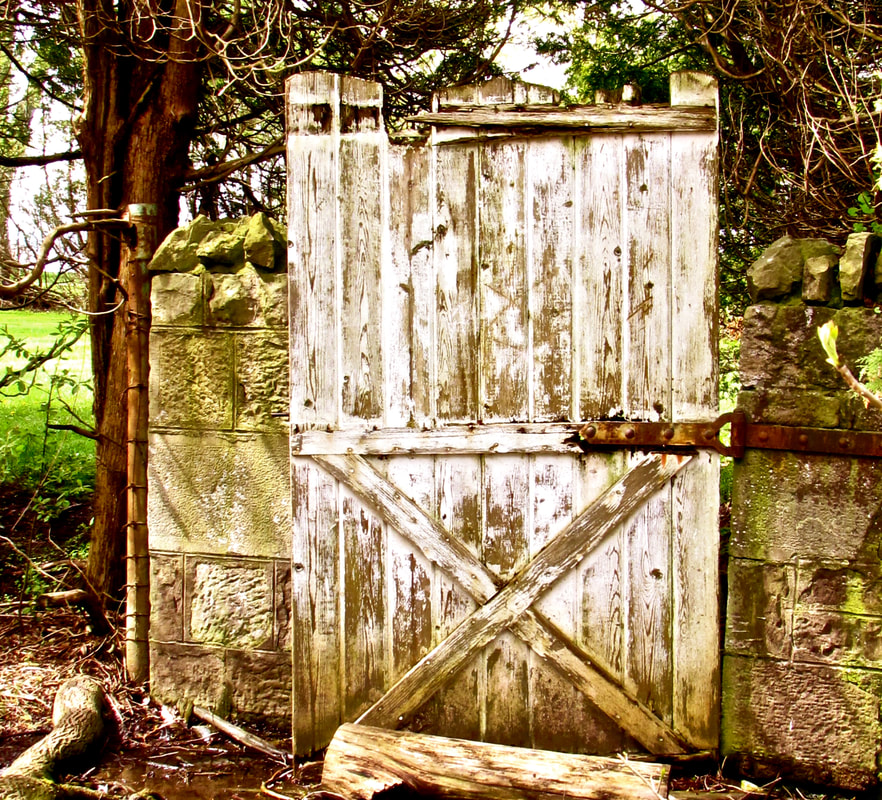
 RSS Feed
RSS Feed
